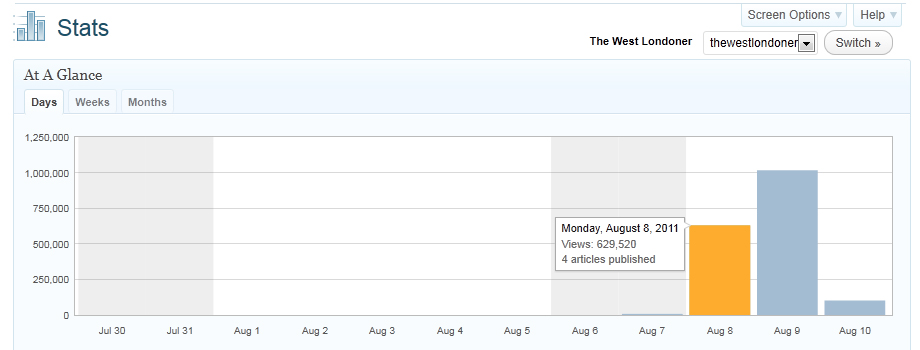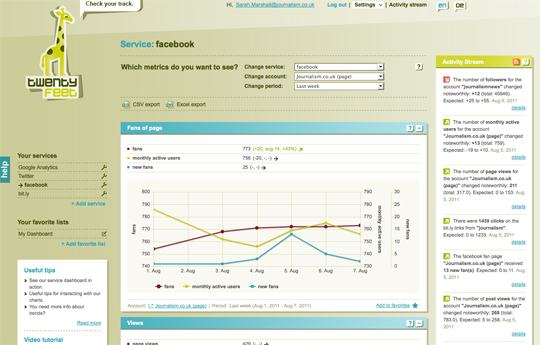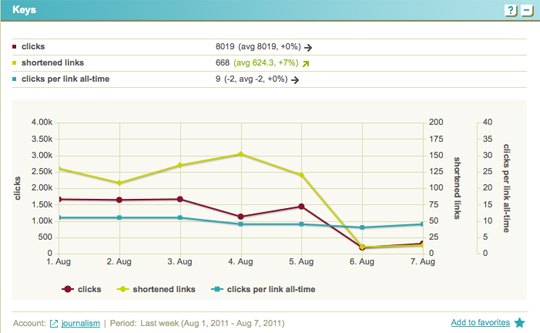Three months on from Slovakia’s group paywall going up around nine news outlets, with “promising results”, means a second small country is expected to adopt the model before the end of the year, according to Piano Media, the company which signed up the publishers and put up the paywall.
Tomas Bella, chief executive of Piano Media told Journalism.co.uk that the paywall generated €40,000 in the first month. The company aimed to sign up around 1 per cent of Slovakia’s 2.5 million internet uses in the first 12 months. He said that after three months the company has achieved two thirds of the target for the first year.
Bella said:
Piano expects to launch one more country this winter and it is likely that a few more countries will follow next year.
Bella did not reveal which countries are expected to follow Slovakia’s model explained that serious discussions are talking place.
We are now thinking about some of the smaller to medium-sized European countries which maybe some of the Scandanavian countries.
We’ve also had interest from France and from Australia.
Bella explained that Piano’s first foray into the bigger markets, such as France and Australia, is likely to trial group paywalls for regional news sites or parts of sites, such as sport.
Slovak paywall model
Nine major publishers with more than 40 websites entered a joint paywall deal in Slovakia which went up in April.
Users are charged €2.90 a month to access content – a bit like paying a satellite or cable TV subscription to view channels owned by different broadcasters.
Piano developed an algorithm that times how long a reader spends on a site, with content weighted accordingly. So the longer a reader spends on a publisher’s site, the more revenue that publisher generates. Video therefore pays more than editorial and the model does not encourage crafty headline writing to generate clicks.
Different sites in Slovakia have opted for varying restrictions with some being extremely porous paywalls with just one article behind the wall, some charge people to access comments or to participate in forums, other sites have much stricter Times-style pay-to-view.
Some Slovak sites opted not to sign up to the paywall deal, Bella explained, but said the “the number of readers for the sites that went behind paywalls is basically very comparable to the sites that remained outside of the paywall”.
It didn’t cause any big drop in the number of readers, it caused only some drops in traffic to specific areas of the sites that went behind the paywall.
Bella also said visitors are moving between paywalled sites, a benefit of the joint model.
Funnily enough in June and July the news sites that are inside the Piano paywall were even doing a little bit better in traffic than the ones that are outside the paywall.
Bella has talked to 10 publishers in the UK and explained from next month the company will be negotiating a deal for a UK publisher with websites abroad.
He told Journalism.co.uk, he thinks adoption in Britain requires wider use elsewhere, with English language sites being far more difficult to sign up to a group paywall deal due to competition from abroad.
I’m not saying it won’t work in Britain but we have to prove it in two or three more countries first.
In Slovakia companies that opted out of the paywall initially will be joining next month.
Publishers that are already part of the group are now “fine tuning” what they put behind the wall. Additional content will go behind the wall and a small amount will be brought in front of the wall.
Changes will be made both ways but much more content is going behind the wall.
The funny thing is some of [the companies that did sign up] said we didn’t want to tell you before but we never thought it would work.
Bella said Piano Media had not heard of any publishers losing advertising revenue due to the wall.
Advertisers and media agencies might be a little worried as publishers are getting a little bit independent and less dependent on their revenue.



